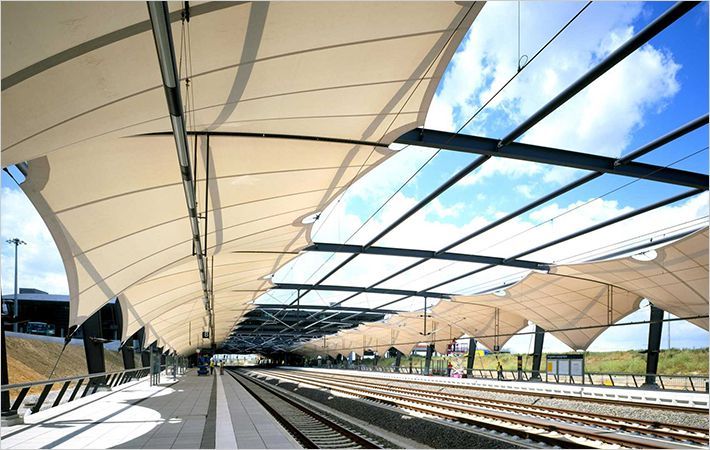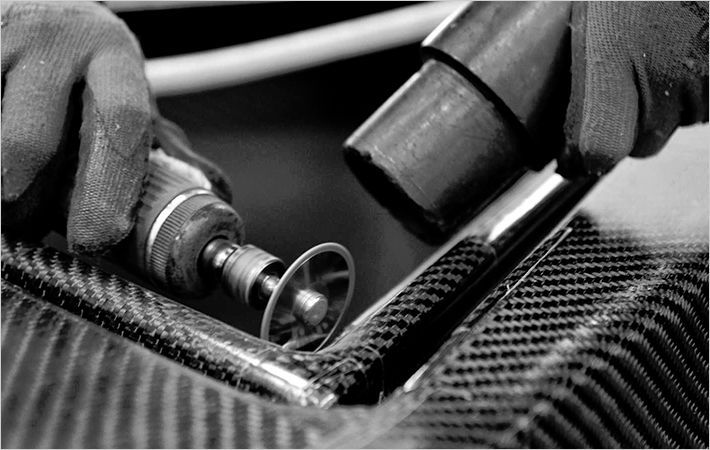These locations were chosen to expose the textiles to different oceanographic, environmental and climatic conditions on a latitudinal gradient.
First time ever: cultivating seaweeds in Europe’s coastal seas
“The AT~SEA project aims to make mass cultivation of seaweeds in Europe’s near-shore locations technically and economically feasible by creating textile substrates that can endure the harsh conditions that they are exposed to as the seaweed grows”, says Bert Groenendaal of Sioen Industries and coordinator of the AT~SEA project. The same materials have been used in each of the trials and the same species of seaweed grown on them to get a European view of how these textiles perform in varying conditions.
The AT~SEA project consortium
Following the trials the 11 project partners, which include businesses, industry and research institutes, will assess which textiles offer the optimal performance across Europe. On a tight schedule, these results will lead to the manufacture of a second generation of specifically designed textiles in time for the start of the next growing season this coming autumn. Research in to the development of economically and environmentally viable production of biomaterials and biofuels (methane and ethanol) from seaweed has been on-going for some years. It has been established that mass harvesting of wild growing seaweed is not economically viable in Europe where labour costs are high and that harvesting of beach cast seaweed is detrimental to coastal ecosystems and is unlikely to be reliably sustainable on a large scale.
Research and development of alternative sources
But seaweed biomass remains a good alternative as a source of non-oil based materials such as biofuels, biopolymers, pigments, anti-oxidants and other chemical compounds that can be derived from seaweed. The future of terrestrial biomaterial and biofuel crops is in doubt: they take up valuable land for food production and consume large amounts of water.
With almost 71% of our planet covered by oceans that are bounded by extensive coastlines, growing biocompounds at sea bypasses the environmental and economic problems associated with their production on land. Why algae many macroalgae naturally grow very quickly, from single microscopic cells to 2m-long adults in six to eight months.
The AT~SEA project has brought together European leaders in technical textiles, offshore engineering and marine biology to make the production of marine based chemicals and biofuels viable, feasible and a reality. The project aims to make mass cultivation in inshore locations feasible by creating growth substrates that can endure the tests of a constantly wet, salty, moving, sometimes raging sea on which to grow the seaweed.

